Choosing the right number of drives for your RAID setup is more important than it seems. The drive count determines not only how much storage you have but also how well your system performs and how safely your data is stored.
Each RAID configuration has its own purpose. Some focus on speed, while others prioritize redundancy and fault tolerance. Knowing how many drives are required for each type helps you plan your storage array more effectively and avoid unexpected limitations.
In this guide, we will explain how many drives are needed for each major RAID configuration, from RAID 0 to RAID 10, and what kind of performance and protection you can expect from each.
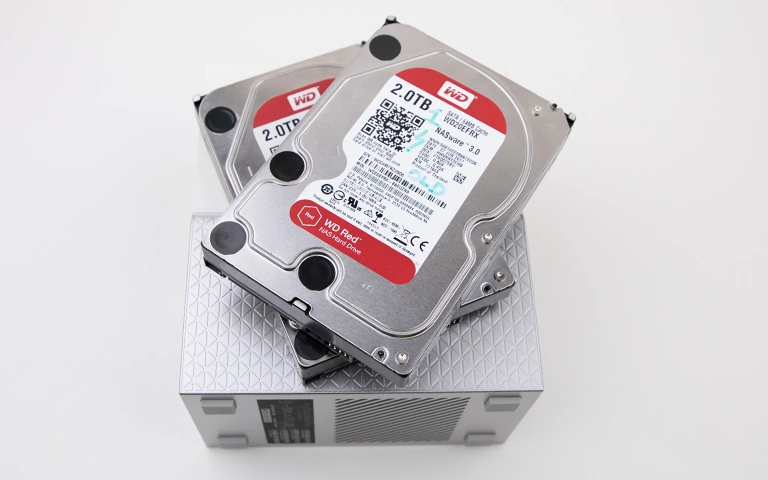
Understanding How RAID Configurations Work
RAID, or Redundant Array of Independent Disks, is a technology that combines multiple drives into a single logical unit. The main goal is to improve performance, reliability, or both, depending on the chosen configuration.
Each RAID level uses a specific method to store and protect data, which affects the number of drives required.
Most RAID setups rely on three main techniques:
- Striping: Splits data across multiple drives for faster read and write speeds.
- Mirroring: Copies identical data to two or more drives for protection.
- Parity: Stores calculated data that can rebuild missing information if a drive fails.
The balance between these methods determines how many drives your system will need and how resilient it will be against hardware failures.
Learn about the different RAID types and their purposes before building your setup.
RAID 0 – Speed Over Redundancy
RAID 0 focuses entirely on performance. It splits data evenly across multiple drives to increase read and write speeds, making it ideal for tasks that demand fast access times.
However, it provides no data protection. If one drive fails, all stored information is lost.
Minimum drives: 2
Purpose: Maximum speed with no fault tolerance
Storage efficiency: 100% (no redundancy)
Best for: Gaming setups, temporary storage, or large file transfers
Learn more about RAID 0 configuration and its use cases.
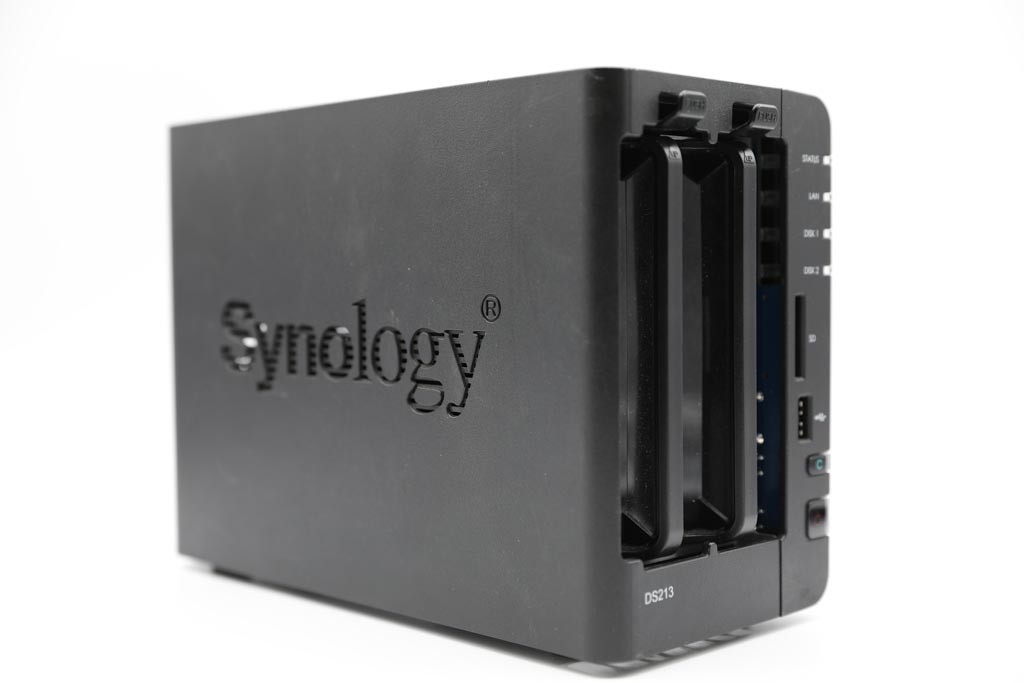
RAID 1 – Data Mirroring for Protection
RAID 1 is designed to protect data by duplicating it on two or more drives. Each file is written simultaneously to both disks, ensuring that if one drive fails, the other still contains a complete copy. This setup provides excellent reliability but reduces available storage space by half.
Minimum drives: 2
Purpose: Complete data redundancy through mirroring
Storage efficiency: 50%
Best for: Critical backups, small servers, and sensitive business data
Read more about RAID 1 mirroring and how it protects your data.
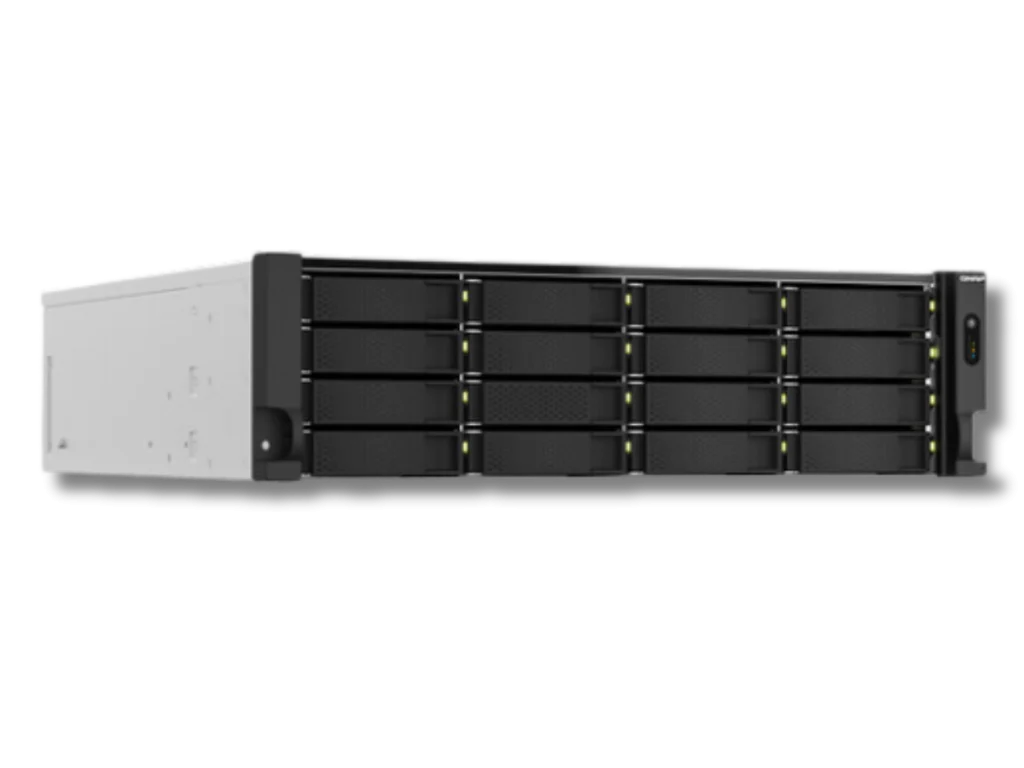
Fast turnaround times for business-critical data
RAID 5 – Balanced Performance and Redundancy
RAID 5 offers an excellent balance between speed, capacity, and data protection. It distributes data and parity information across all drives, allowing the array to continue operating even if one drive fails. RAID 5 is one of the most popular configurations for both home and business servers.
Minimum drives: 3
Purpose: Combines performance with single-drive fault tolerance
Storage efficiency: (N-1)/N, where N is the number of drives
Best for: NAS systems, office servers, and general-purpose data storage
See the difference between RAID 5 and RAID 6 to choose the best option for your setup.
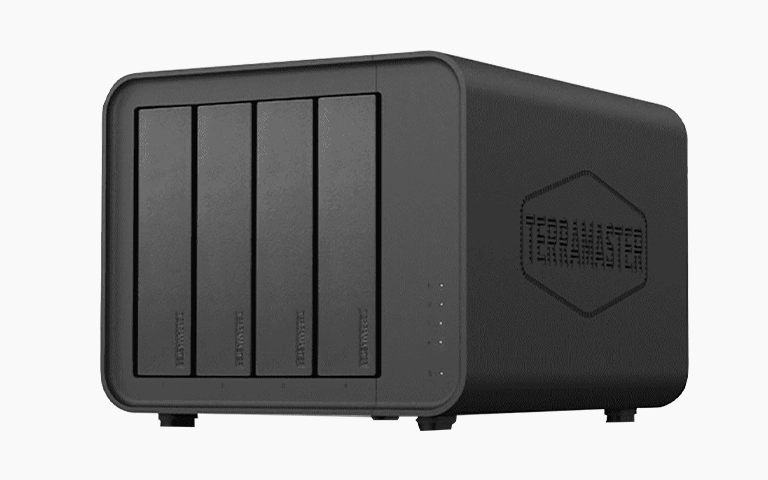
RAID 6 – Dual Parity for Extra Protection
RAID 6 builds on RAID 5 by adding a second layer of parity. This allows it to tolerate the failure of two drives at once, providing stronger data protection for larger or mission-critical systems. While write speeds are slightly slower, the added redundancy makes RAID 6 ideal for environments that cannot risk downtime.
Minimum drives: 4
Purpose: Enhanced protection with dual parity
Fault tolerance: Up to two drive failures
Best for: Enterprise servers, backup arrays, and long-term data storage
Learn more about RAID 6 fault tolerance and how it secures critical systems.
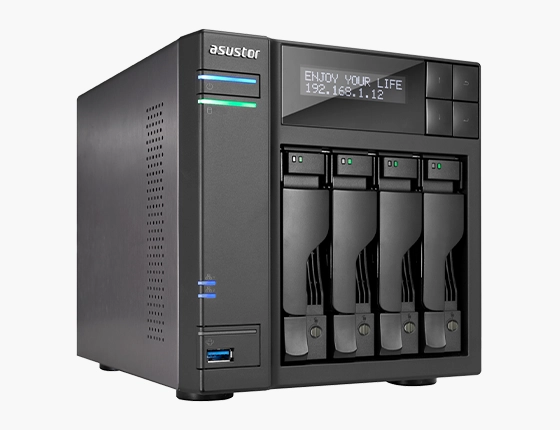
RAID 10 – Combining Speed and Redundancy
RAID 10 merges the advantages of RAID 0 and RAID 1 by combining data striping and mirroring. It provides both high performance and strong redundancy, making it one of the most reliable RAID options available. If a drive fails, its mirror maintains full data integrity without sacrificing speed.
Minimum drives: 4
Purpose: Blends fast performance with strong data protection
Fault tolerance: One drive per mirrored pair can fail
Best for: Databases, virtualization, and high-performance servers
Discover how RAID 10 provides speed and protection for demanding workloads.
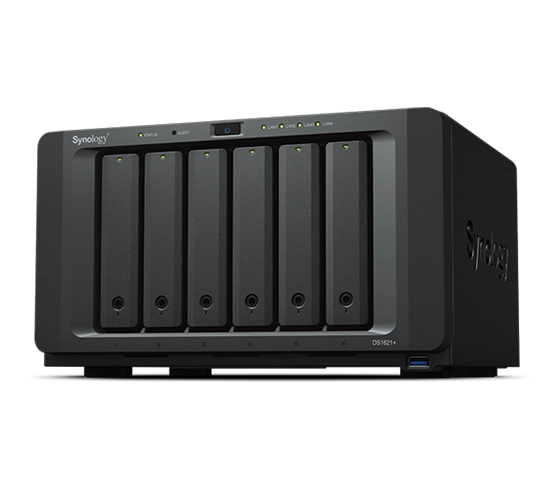
Choosing the Right RAID Configuration
Selecting the right RAID setup depends on your storage goals, performance needs, and tolerance for risk. RAID 0 delivers speed but no protection, while RAID 1 mirrors data for safety. RAID 5 and RAID 6 balance capacity and fault tolerance, and RAID 10 provides the best mix of both.
If your RAID array becomes degraded or inaccessible, it is important to avoid rebuild attempts or drive swaps.
Instead, contact RAID Recovery Services. Our engineers can safely rebuild your array, recover data from failed drives, and restore full access while maintaining the integrity of your system.
Trust the experts with proven results
Frequently Asked Questions
How many drives are required for a RAID 0 setup?
RAID 0 needs at least two drives. It focuses on performance by striping data across disks but provides no redundancy. If one drive fails, all stored data is lost.
What is the minimum number of drives for RAID 1?
RAID 1 requires at least two drives. Data is mirrored between them, ensuring complete redundancy. Even if one drive fails, your data remains safe on the other.
How many drives do I need for RAID 5 and RAID 6?
RAID 5 needs a minimum of three drives and can tolerate one failure. RAID 6 requires at least four drives and can survive two simultaneous failures, making it more secure for large storage arrays.
What is the minimum drive count for RAID 10?
RAID 10 combines mirroring and striping and needs at least four drives. It offers both speed and fault tolerance, suitable for databases and high-load applications.
Can I add more drives to my RAID later?
Some RAID controllers and NAS systems allow capacity expansion, but adding drives can risk data loss if done incorrectly. Always back up data first or consult professionals like RAID Recovery Services before expanding your array.